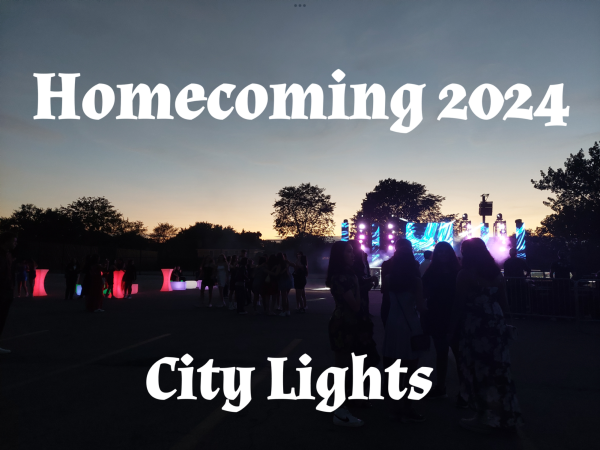Record numbers of Iranians demonstrate despite violent crackdown
November 27, 2022
For two months, massive protests have been ongoing in Iran on a scale not seen in decades as a result of Mahsa Amini dying after being arrested for breaking the strict hijab laws. The Iranian government has also given the first known death sentence to a protester, and humanitarian agencies claim at least 233 protesters have perished due to security forces. Over 12,500 people have been detained since the start of the demonstrations, and the clashes between police and protesters has only escalated.
The root of the current protests dates back to the 1979 Iranian revolution, where an authoritarian monarchy was overthrown by a mix of constitutional liberals, Marxists, and mullahs. While the revolution had popular support and many envisioned a democratic government being created, a totalitarian and theocratic system was installed instead by Islamist hardliners.
The new government was reported to be just as oppressive as the one before, with multiple harsh laws targeting women. Some of these included lowering the age of marriage for girls to nine (In 2002 it was raised to 13), allowing the husband to stop his wife from taking certain jobs, and the law that is most relevant today, forcing women to cover their hair for “morality.”
While there have been many smaller protests against these restrictions, the current series of demonstrations were set off by the death of 22 year old Mahsa Amini, who was apprehended by the morality police and reportedly beaten to death. The police claimed that Mahsa had died from a heart attack, backing themselves up with footage of her collapsing in the prison. The outrage was immediate, as protests sprung up demanding justice for Mahsa, as well as change in the misogynistic system of Iran. Women took off their headscarves and cut their hair in public as acts of defiance to the government, and huge numbers of men are also acting in support of the movement. In response to people taking to the streets, the security forces are reportedly using force, and videos show them firing live ammunition.
The Iranian government blames the protests on Western influence and puppeteering, and many Iranian lawmakers believe the police’s response to be just, writing in a letter that the punishments of protesters should “show no leniency to anybody in this regard.”
On the other hand, thousands of people worldwide have expressed solidarity with the protesters, with thousands of people protesting against the Iranian government in major cities such as London, New York, and Paris. Western governments also appear to share this sentiment, as President Biden stated in an address that the Iranian government’s actions were too extreme and took away the people’s rights.
“I remain gravely concerned about reports of the intensifying violent crackdown on peaceful protestors in Iran, including students and women, who are demanding their equal rights and basic human dignity” President Biden said.
The West and Iran are already at heads over several issues, such as Iran not honoring its nuclear deal, and their recent sale of kamikaze drones to Russia.
While the Iranian government believes the protests to be a result of foreign interference, the activists hope that their actions will bring change to the abusive, 41 year-old system.
“The atmosphere is quite tense and yet it is exciting. People are hopeful this time and we hope that a real change is just around the corner. I don’t think people are willing to give up this time.” an Iranian protester said.



